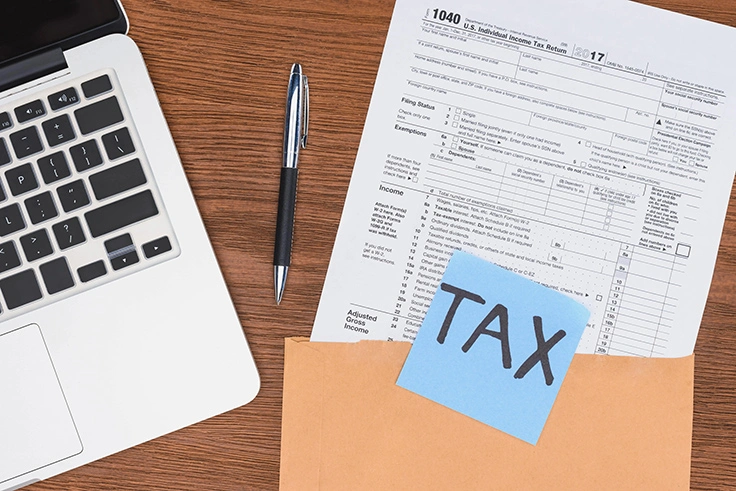How you can Prove source of cash Deposits to Escape Income Tax Scrutiny

Income Tax Scrutiny - In the recent ongoing scrutiny assessments for financial year 2016-17, one of the main items of verification, particularly in cases of individual taxpayers, has been that of the source of cash deposited by taxpayers in their bank accounts. The rationale for this is the fact that large cash deposits were made during the year by many taxpayers at the time of demonetization.
What is the implication if one is not able to explain such cash deposits? Tax is leviable on such deposits at 60% (plus surcharge and cess), along with interest at 12% per annum from April 2017 (which may amount to 33% till December 2019). Besides, a penalty can be levied at 200% of the amount of tax. Effectively, therefore, a taxpayer may end up paying 213% of the amount of deposit by way of taxes and penalty, besides applicable surcharge and cess. Not only that, if the amount is large, the taxpayer faces a potential prosecution as well, with a potential for rigorous imprisonment from three months to seven years, as well as a fine. A stiff punishment indeed for tax evaders.
If one has deposited cash, how does one prove the source of the cash? Some taxpayers seek to prove the source as being gifts or loans received by them from family or friends, some may claim it to be deposited out of income, out of earlier cash withdrawals or cash in hand at the beginning of the year.
In cases of gifts or loans, one has to prove three things in relation to such explanation—the identity of the payer, the capacity of the payer to pay such amount and the genuineness of the transaction. One normally obtains a confirmation from the donor or lender, confirming the gift or loan, which proves the fact of the gift or loan. The donor or lender’s address and Permanent Account Number serve as proof of his identity as well.
For proving the capacity of the donor or lender, normally a copy of the income tax return of the donor or lender is furnished to the assessing officer. It is also advisable to provide copies of bank statements of the donor or lender, with explanations for major deposits, particularly where the donor or lender has withdrawn cash from his bank account during the same period. This will demonstrate the value of the loan or gift vis-à-vis the income of the donor or lender. Obviously, a person with negligible income or assets does not have the capacity to give a large gift or loan. The amount of cash withdrawals during the period will also indicate the capacity of the donor or lender to pay such amount in cash.
Bank statements also show the genuineness of the transaction, particularly if the donor or lender has himself not deposited cash into such accounts, but has withdrawn cash out of other explained deposits. The genuineness of the transaction can also be gauged from the confirmation, the relationship of the lender or donor to the taxpayer and the other circumstances surrounding the receipt of the loan or gift, such as the occasion or reason for receipt of the amount. Ultimately, the genuineness of the transaction has to meet the smell test—does it smell as if it were a genuine transaction, or does the explanation seem concocted?
It also needs to be kept in mind that cash loans cannot exceed ?2 lakh (including earlier balance of loan, if any) from any lender. Under a new provision applicable from financial year 2016-17, the amount of gift received at a time from any donor in cash also cannot exceed ?2 lakh. If one violates this provision, one may end up paying a penalty equal to the amount of such loan or gift.
Besides, in case of gifts, if the gift is from a person other than certain types of close relatives, it may be taxable as regular income. For instance, a gift from a parent, or brother or sister is not liable to tax, but a gift from a cousin exceeding ?50,000 is taxable as income.
In case cash is deposited out of opening balance or out of withdrawals during the year, one can demonstrate that by preparing a cash book, reflecting the receipts and payments of cash, including such deposit of cash in bank accounts. Disclosure of cash in the preceding years’ tax returns (in the assets and liabilities schedule) is also a good evidence of the opening cash available with the taxpayer.
All in all, the government seems to have done a good job of plugging loopholes available to taxpayers, by which they could have explained away non-genuine cash deposits. The tax and penalties on detection of such evasion of income are also fairly steep, acting as a significant deterrent to tax evasion. Perhaps, once such assessments are completed in December, the government should come out with the figures of the tax recovered in respect of such cash deposits. That will provide citizens with evidence as to whether demonetization really served its purpose or not.
Source: https://www.livemint.com

Leave a Reply